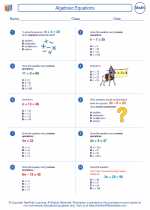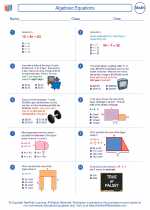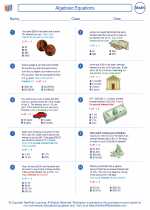Bar Chart Explanation and Study Guide
A bar chart, also known as a bar graph, is a visual representation of data using rectangular bars or columns. It is used to compare and display the frequency, count, or other measurements of different categories or groups.
Components of a Bar Chart
1. Bars: The rectangular bars represent the data values of each category or group.
2. Axes: The vertical (y-axis) and horizontal (x-axis) lines that provide the scale for the chart.
3. Labels: The labels on the x-axis and y-axis that describe the categories and units of measurement.
4. Title: A title that describes the content or purpose of the bar chart.
Constructing a Bar Chart
To construct a bar chart, follow these steps:
- Determine the categories or groups to be represented on the x-axis.
- Choose a scale for the y-axis based on the data values.
- Draw bars for each category, ensuring they are equally spaced and have a consistent width.
- Add labels and a title to the chart for clarity.
Interpreting a Bar Chart
When interpreting a bar chart, consider the following:
- Compare the lengths of the bars to understand the relative sizes of the data values.
- Look for patterns, trends, or variations across the categories.
- Use the chart to make comparisons and draw conclusions about the data.
Study Guide
Use the following study guide to master the concept of bar charts:
- Define the term "bar chart" and explain its purpose.
- Identify the components of a bar chart and their functions.
- Practice constructing a bar chart using given data sets.
- Analyze and interpret different bar charts to understand the information they convey.
- Create your own bar charts to represent and compare data from various scenarios.
By understanding the construction and interpretation of bar charts, you will be able to effectively represent and analyze data in visual form.
Good luck with your study of bar charts!
.◂Math Worksheets and Study Guides Sixth Grade. Algebraic Equations

 Worksheet/Answer key
Worksheet/Answer key
 Worksheet/Answer key
Worksheet/Answer key
 Worksheet/Answer key
Worksheet/Answer key
 Worksheet/Answer key
Worksheet/Answer key
 Worksheet/Answer key
Worksheet/Answer key
 Worksheet/Answer key
Worksheet/Answer key
